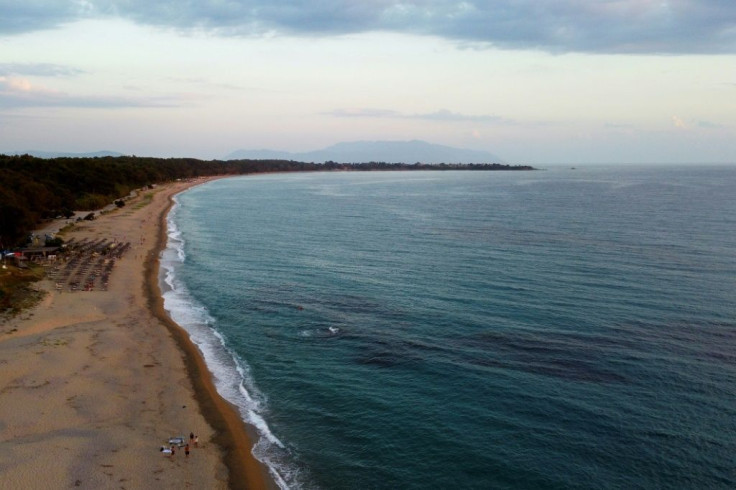Mysterious Blob-Like Sea Creature Washes Up On Beach, Puts On Vibrant Display
A colorful sea creature was recently spotted floating in the waters along the coast of Western Australia.
The blob-like creature – identified as a Spanish dancer or Hexabranchus sanguineus – put on a vibrant display, showing off its red and orange hues. It got the name due to its striking resemblance to a flamenco dancer's skirt.
A Facebook user recently shared an image of the sea slug spotted in the waters of Coral Bay, which left several other users in awe. Some of them also posted images of the creature from the same spot taken over the years.
Incredible moment a ‘Spanish dancer’ is spotted off the coast of Australia https://t.co/CtBVZbP348
— readsector (@readsector) January 21, 2021
Hexabranchus sanguineus, with its blood-colored six-gills, is found in coral reefs at depths of 32 to 65 feet. According to Oceana, these creatures are the largest nudibranch and one of the largest sea slugs on the planet. They are brightly colored and do not blend in well with the surroundings. They are found in the Indo-Pacific, including around Australia, near Japan, Hawaii and parts of the east coast of Africa.
"The anterior dorsal portion has a pair of retractable rhinophores and the posterior part has six contractile gills inserted independently in the body," the Atlas of Living Australia website says. "The pair of oral tentacles are constituted by a fin flexible membrane provided with large digital lobes... In a normal situation when the animal is crawling, the edges of its mantle are curled upwards creating a peripheral blister."
Mysterious and bizarre-looking sea creatures are often spotted washing up on beaches. Sometimes, these creatures baffle experts and beachgoers. In most cases, these marine animals are identified after their photos or videos surface online.
Earlier this month, a rare sea creature washed up on Redcar beach in the U.K. Those who spotted the creature struggled to identify it initially. It was later revealed that the creature was an Ocean Sunfish. The Ocean Sunfish had already died when it was found by those on the beach.






















